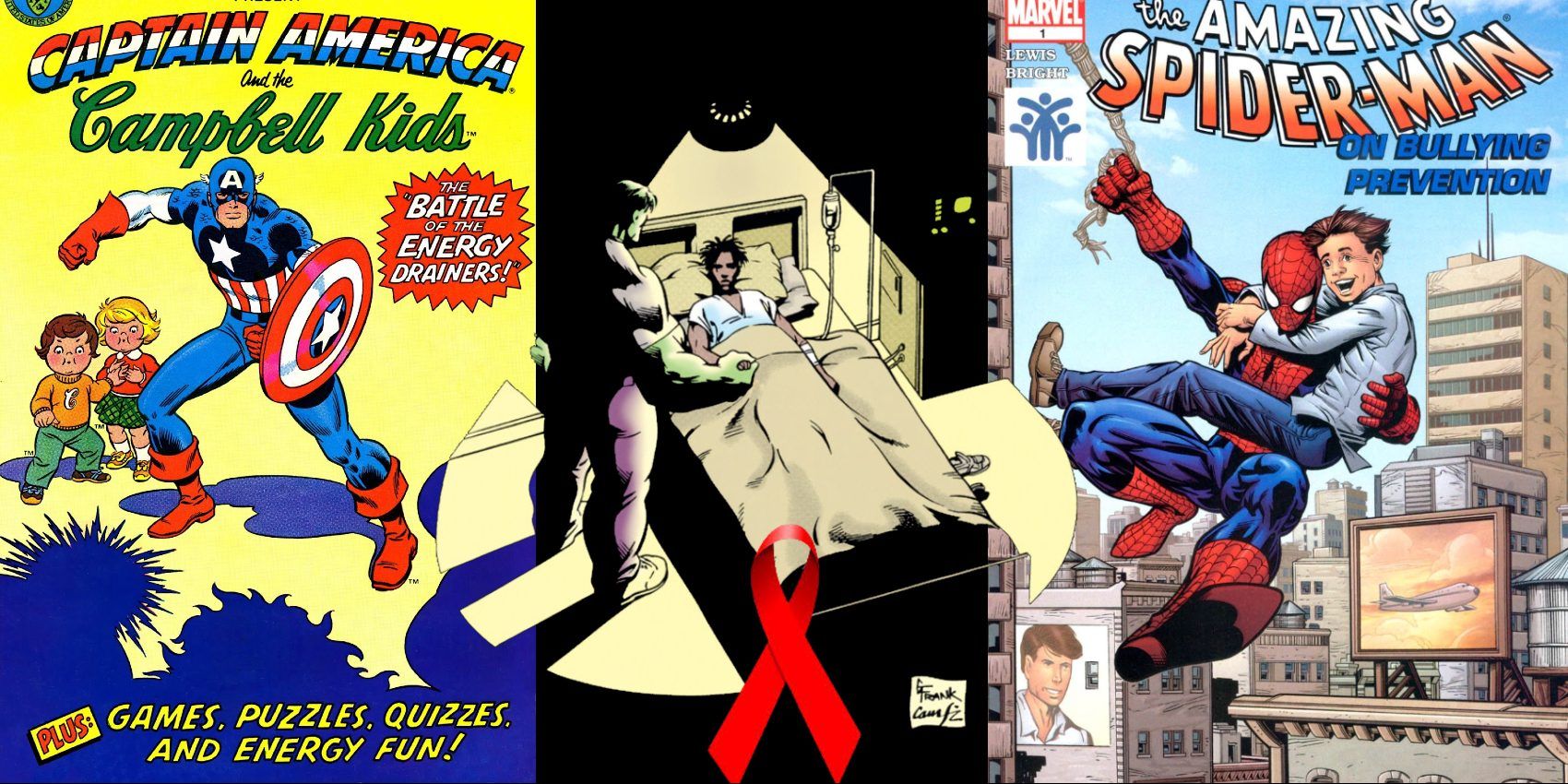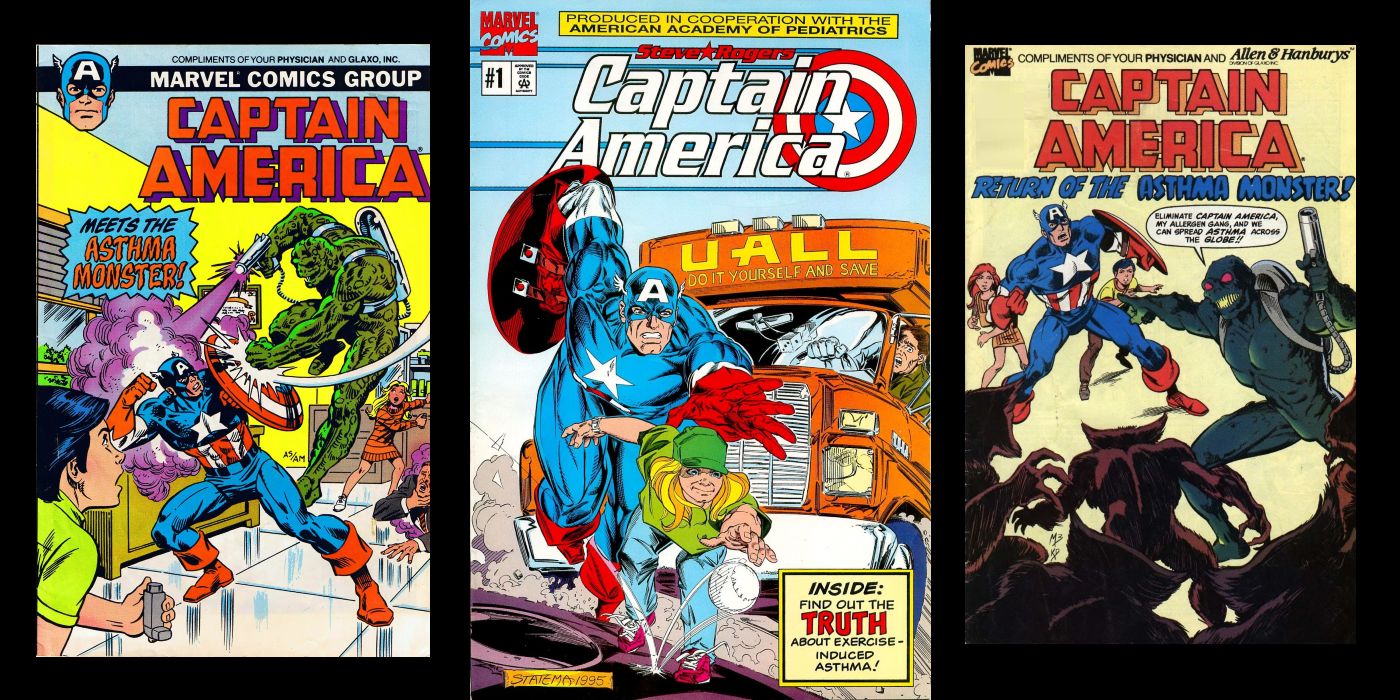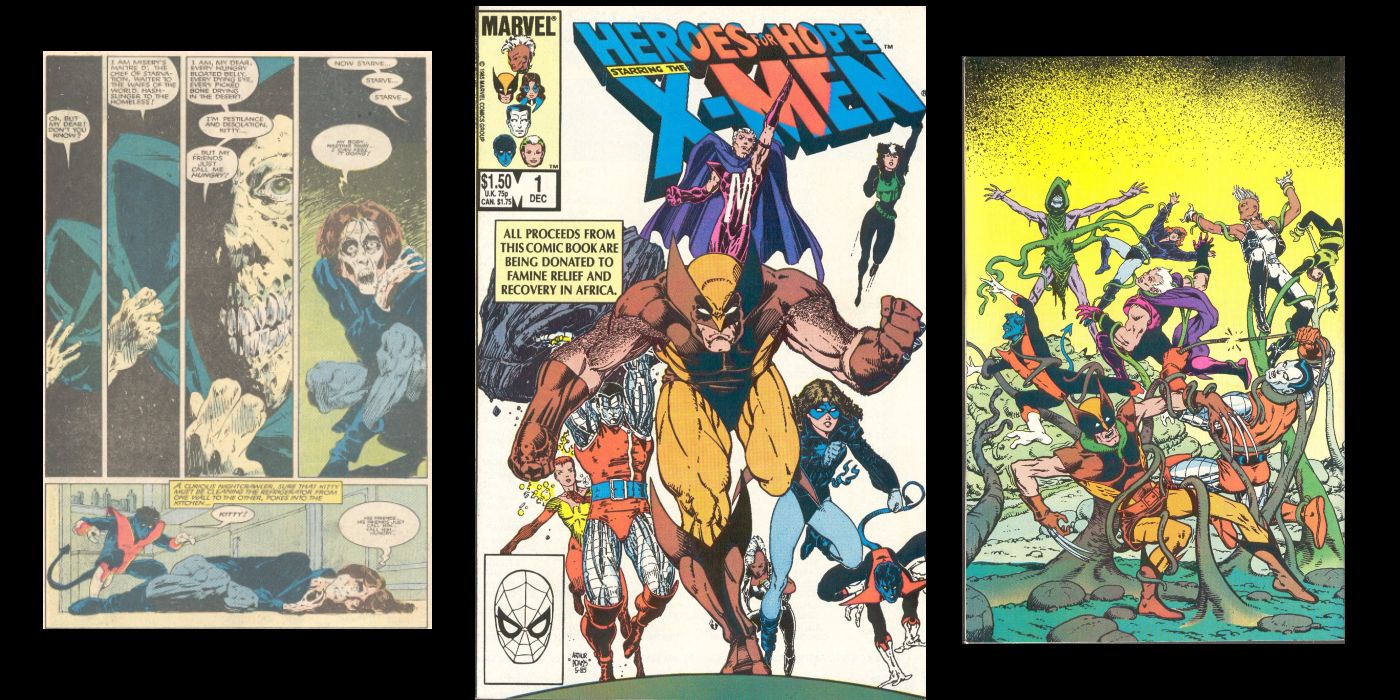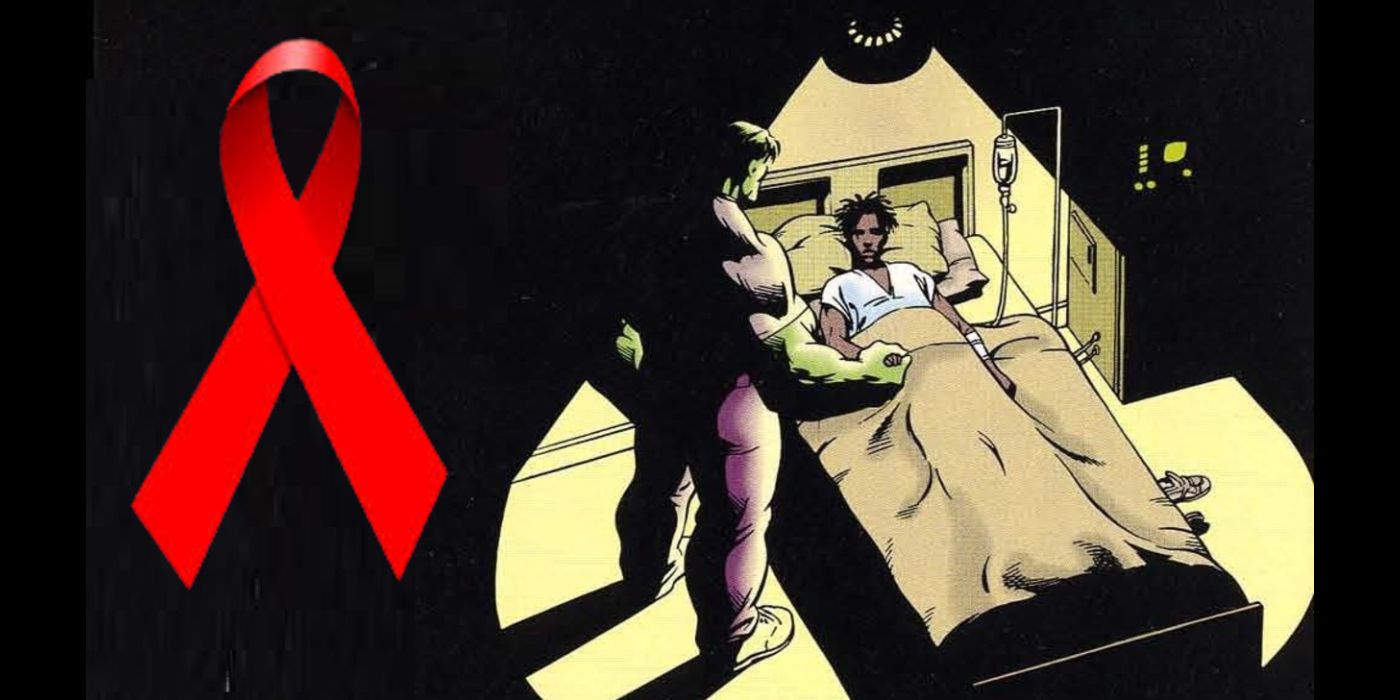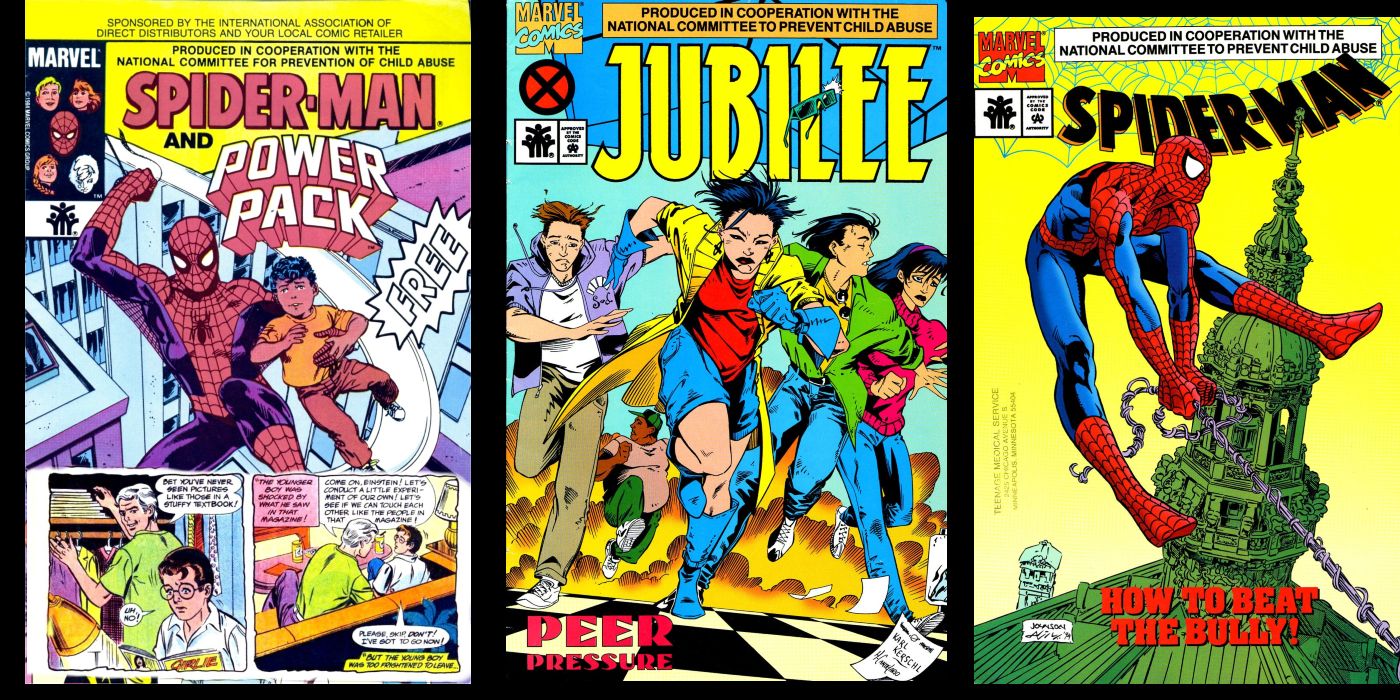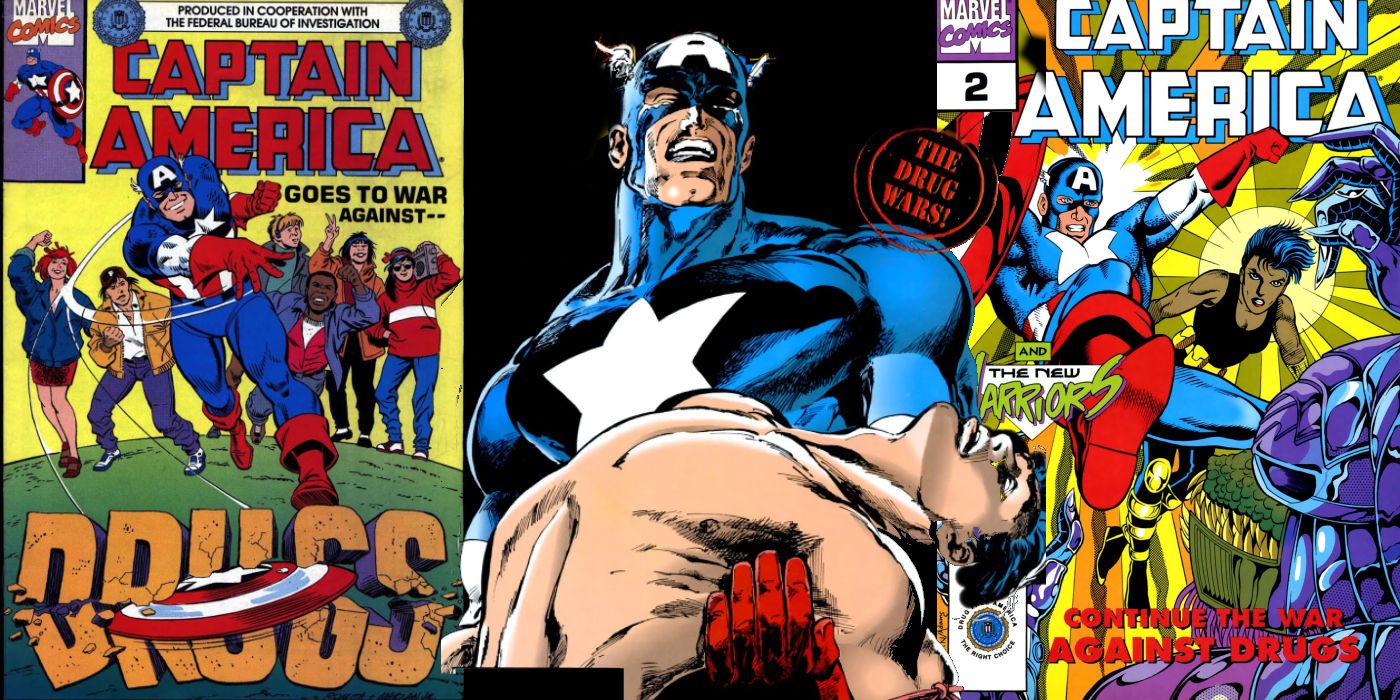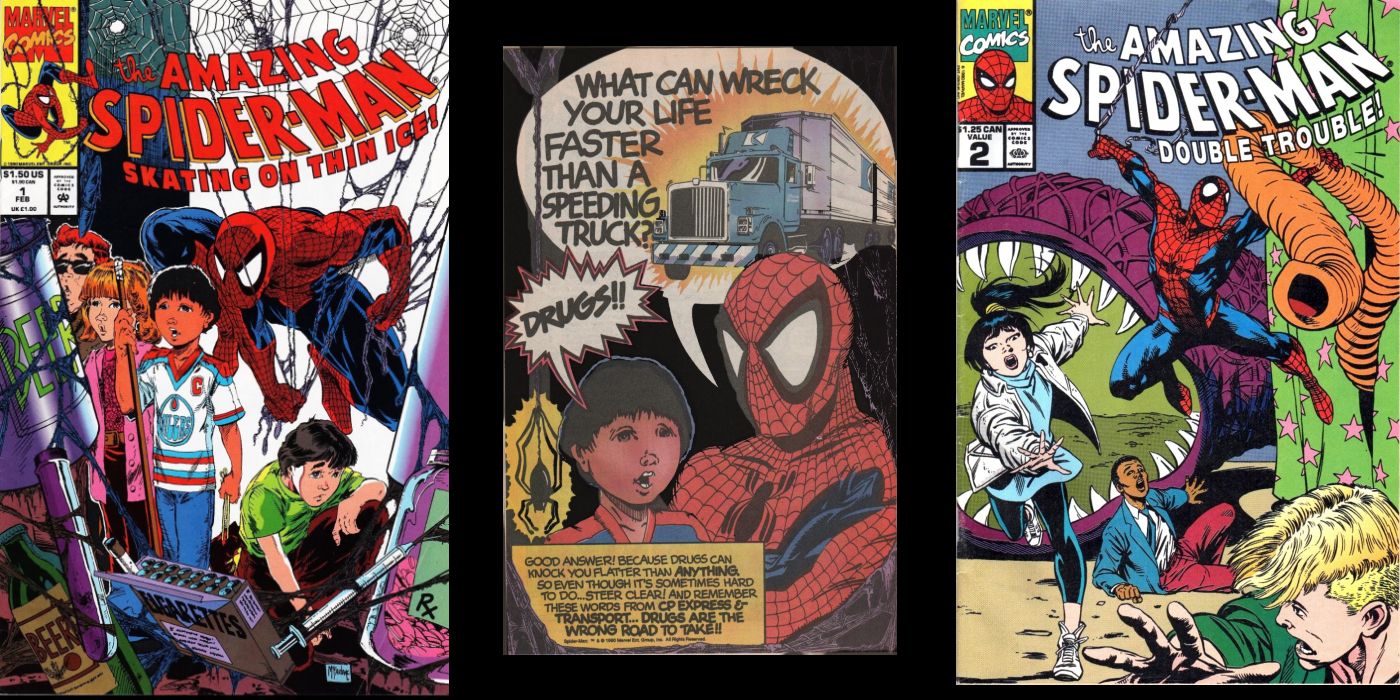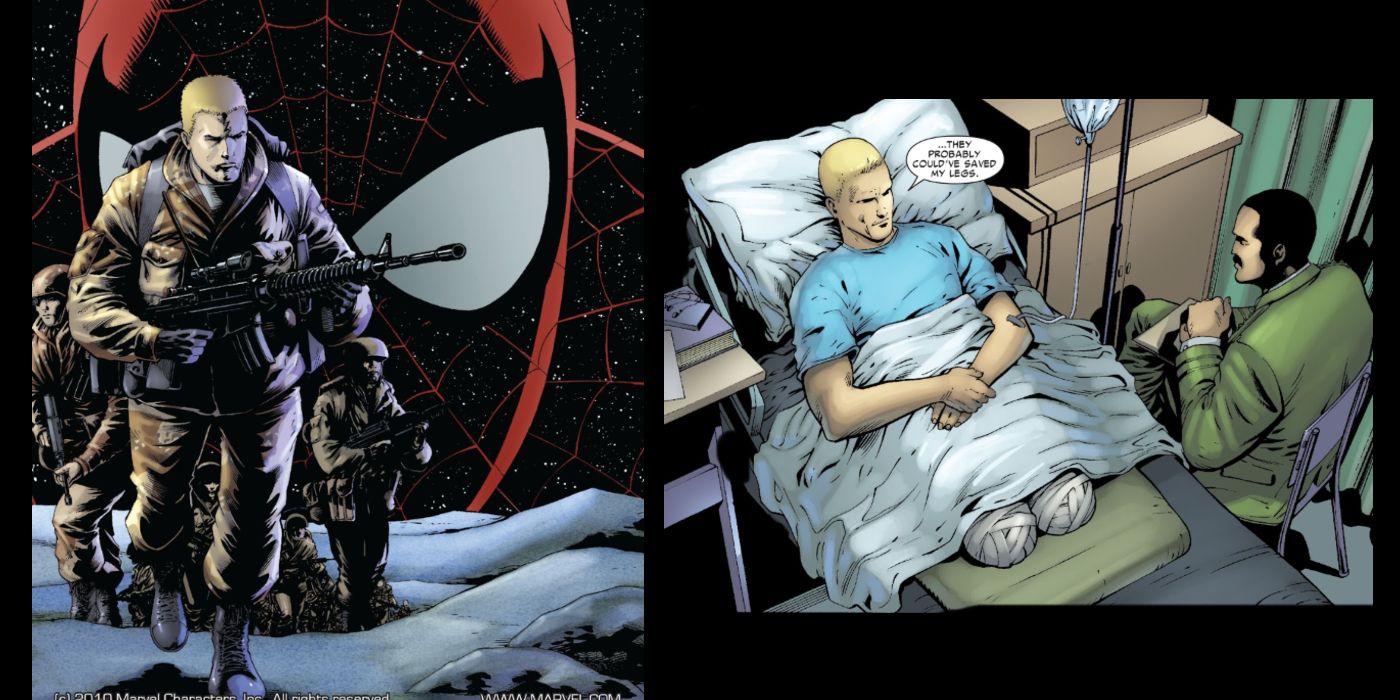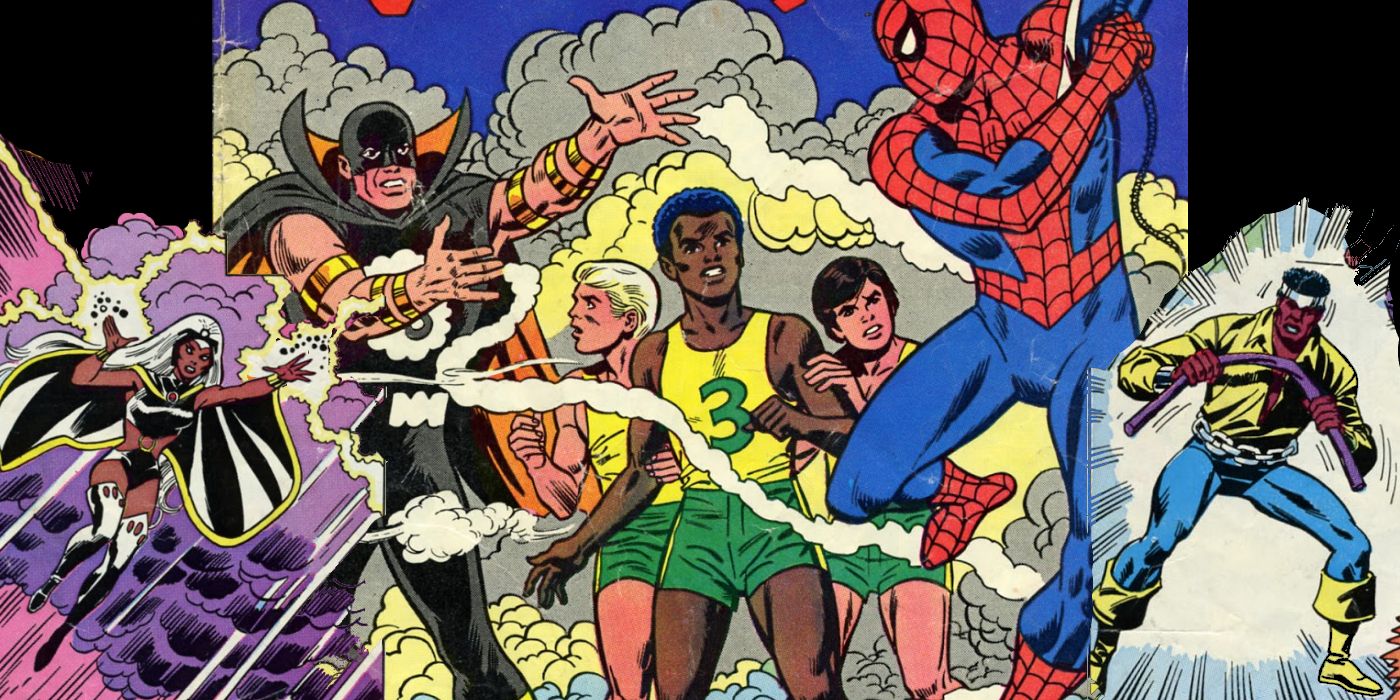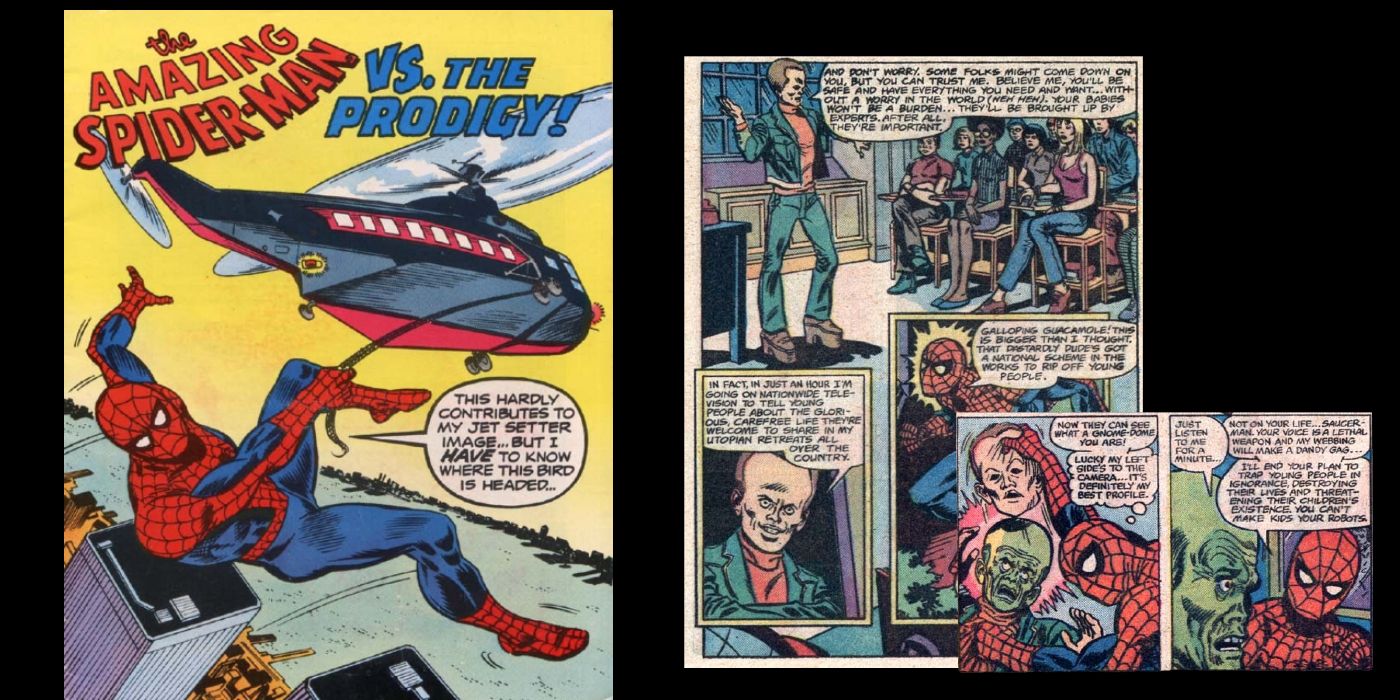For Marvel Comics, the phrase "With great power, comes great responsibility" is more than a slogan for one of their flagship characters; it is a mission statement to reach their audience about important real-world issues. Over the years, the publisher has advocated for many social issues that directly affect their readership.
The war on drugs, world hunger, and child abuse prevention are just a few of these issues that the heroes can't punch away; instead, using education and information to help those in need. Some of these attempts, like Daredevil's warning of the dangers of gasoline by fighting the personification of the danger in the form of the villain Vapora can be a bit abstract or ridiculous. Still, while many of these public service comics may seem over the top, in the end, it is the message that matters.
10 Remembering The September 11, 2001 Terror Attacks
The world was taken by shock the morning of September 11, 2001, when two planes crashed into the World Trade Center in New York City as another striking the Pentagon in Washington D.C. The attack on the World Trade Center left 2,977 dead and 6,000 more injured. This attack not only left wounds on the country but also in the Marvel Comics universe, which grounded its stories and adventures in the greater NYC area for over 60 years.
Marvel, seeking to honor the real heroes of the attacks and to bring hope to its readers in the aftermath, used their characters to aid the real-life heroes. In Amazing Spider-Man #36, Spider-Man and others aided first responders at Ground Zero. Marvel would also go on to publish Heroes and A Moment of Silence, raising over a million dollars for the Twin Towers Fund.
9 Captain America Fights For Asthma Awareness
When not battling the Red Skull or Hydra, the country can breathe easy as Captain America has been known to take on the respiratory condition of asthma—a disease that causes airways to narrow and swell, making breathing difficult for both children and adults. In 1988 Captain America met Daniel Tylervin, The Asthma Monster, in a story penned by Louise Simonson and art by Alex Saviuk and a second time in the 1989 followup by Howard Mackie and artist Mark Bagley.
In the second issue, it is revealed that The Asthma Monster is a man who wants to give asthma to everyone so that they would be like him. In 1995, Cap would take on Exercise-Induced Asthma in Captain America: Playball by Mindy Newell and art by Colleen Doran.
8 The X-Men Battle World Hunger
In 1985 world hunger was at the forefront following the devastating famine that ravaged the country of Ethiopia. The idea of the project came from artists Jim Starlin and Berni Wrightson, who pitched the idea to then Marvel Comics editor-in-chief Jim Shooter. Once given the green light, the Heroes for Hope project, starring the X-Men, would feature many memorable creative teams such Stan Lee and John Buscema; Stephen King and Bernie Wrightson; Moore and Richard Corben, and many more.
The issue found the X-Men facing an entity that fed on psychic misery, tracing the source of the attack to Africa. The X-Men are met with the horrible scenes of deprivation and starvation, which after defeating the entity attacking them, stay and help distribute the relief supplies.
7 The Incredible Hulk & AIDS Awareness
For 12-years, Peter David wrote The Incredible Hulk title and was not shy about including social activism in his stories such as gun control, domestic abuse, and AIDS. Published in the early 90s, The Incredible Hulk #420 discussed the issue of AIDS, which at the time was a highly stigmatized disease. The story revolves around Jim Wilson, who was initially introduced as a replacement for Rick Jones, though this would only be a short-lived partnership. Years later, Wilson would reappear in the comic when Rick found him working in Los Angeles at an HIV/AIDS clinic.
Jim reveals to Rick that he has AIDS, which would later factor when Jim is seriously cut, and Rick hesitates to help him. Later, Jim would plead with Hulk to give him a blood donation to save his life, which Hulk refused to do. The issue ended with a special letter column written by comics professionals about how their lives had been affected by HIV/AIDS.
6 Spider-Man Battles Child Abuse And Bullying
The National Committee for Prevention of Child Abuse has teamed a few times with Marvel over the years to address child abuse and bullying issues. In 1984, Spider-Man and The Power Pack discussed abuse when Spider-Man reveals to a young boy he rescues from an abusive babysitter that he was molested by a boy he thought was a friend. In the story, Peter tells his aunt and uncle about the incident, which many consider an in-continuity event in Peter's life.
Marvel would join forces with The National Committee for Prevention of Child Abuse in the 90s and 2000s to tackle other peer pressure and bullying issues. Spider-Man would continue to be the go-to character while including the X-Men's Jubilee, who was the age of the PSA comic's intended audience.
5 Captain America Goes To War Against Drugs
Captain America has included in the wars he has fought in the War against Drugs in the 1991 story written by Peter David art by Sal Velluto and again in 1994 as he teamed with the New Warriors. The 1991 story had Cap trying to save a teenage boy who has a promising career as a ballplayer and has a drug abuse problem, making the moral of the story drug use can ruin your future. The issue ends in a strange way suggesting that a sequel would continue the story.
In 1994 writer George Caragonne and art Colleen Doran teamed Captain America with the New Warriors to take on The Drug Lords: Crack, Ice (Yoshi Nagai), Ms. Fix (Felicia Beyer), and Weed led by the alien Tzin.
4 Spider-Man And An Anti-Drug Message
In 1990 writer Dwayne McDuffie and artist Alex Saviuk took the web-head to Canada in the anti-drug public service comic Spidey follows Electro to Canada on a major drug bust, all the while teaching some kids to make the right choices when offered drugs. The first issue includes an appearance of African-American hockey legend Herb Conegie, who drives the anti-drug message home.
The second installment, also written by Dwayne McDuffie and Herb Trimpe on art duties, found the Chameleon stirring up trouble and released only in Canada as one of five stories collected written for the Canadian Association of Chiefs of Police with other groups such as the Right-Riders Bicycle and Road Safety Program and the Alliance for a Drug-Free Canada, among others.
3 Flash Thompson And The Wounded Warrior Fund
Writer Marc Guggenheim and artist Barry Kitson told the journey of war hero Flash Thompson in Amazing Spider-Man #574 and his tour of duty in Iraq that caused him to lose both of his legs. The story tells parallel stories of Thompson's military service while Peter Parker is fighting crime as Spider-Man back in New York. The creative team dedicated the issue to "the men and women who serve, have served and will serve in Iraq and Afghanistan with bravery and honor. (With special thanks to Sergeant Jeffrey Guerin, U.S. Army 25th Infantry Division.)"
Venom: Space Knight writer Robbie Thompson partnered with The Wounded Warrior Project to tell Flash's story about receiving his prosthetic legs and dealing with coming to terms with his new limbs and handle the rehabilitation. Input for these issues was from Dan Nevins, Wounded Warrior Project spokesperson and double amputee.
2 Spidey, Storm, and Power Man Fight Teenage Smoking
Spider-Man, Storm, and Luke "Power Man" Cage teamed up with the American Cancer Society for a free comic warning kids of the dangers of cigarette smoking. The villain of the story is Smoke Screen, who is attempting to control the underground betting scene and had the power to choke his victims using the toxic fumes of cigarettes. Throughout the story, the science behind the effects of smoking and what it can do to your physical abilities are hammered home. Not only do they foil Smoke Screen's ambitions, but they are also able to convince the young jock that smoking is wrong.
1 Marvel Team-Up: Spider-Man Meets Planned Parenthood
In 1976, Spider-Man and Planned Parenthood teamed up for one of the strangest partnerships. After noticing that teenagers were being abducted, Spidey discovers the teens are being taken by a man who attempts to convince the teens that it is okay to have unprotected sex, denouncing information about venereal diseases and the risks and consequences of sex. Luckily, Spidey steps in reveals that The Prodigy is an alien in human disguise who is looking for new child laborers for his home planet. While the presentation and idea may be over the top, the importance of the message remains.

